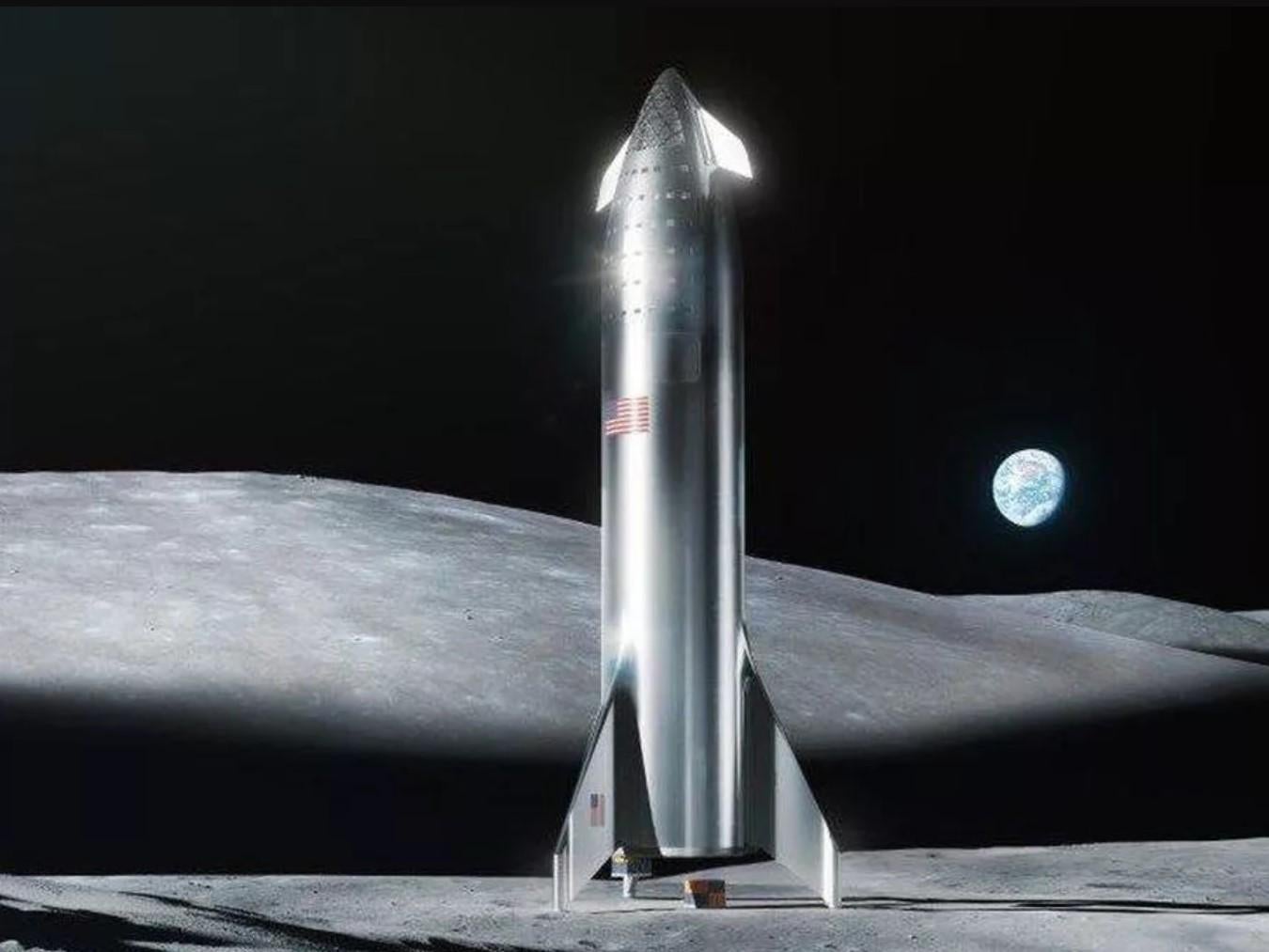
SpaceX has completed a successful test flight of its Starship spacecraft, which it hopes to one day use to ferry people to the moon and Mars.
The Starship SN5 protype performed a 150 metre "hop" at a SpaceX facility in South Texas, during which it took off from one launchpad and performed a controlled landing on a separate launchpad.
It is a major milestone for the private space firm, and comes just days after safely returning two astronauts from the International Space Station aboard its Crew Dragon capsule.
"Mars is looking real," SpaceX CEO Elon Musk tweeted following the successful Starship test. "Progress is accelerating."
Future versions of the Starship spacecraft could hold up to 100 people, with the most optimistic predictions for launch suggesting missions could commence as early as 2024.
Earlier this year, Musk revealed that SpaceX is building "floating, superheavy-class spaceports" for Starship rockets travelling between Earth, the moon and Mars.
The spacecraft facilities will also be used to launch passengers travelling at hypersonic speeds around Earth.

The technology billionaire has frequently spoken about his desire to make humanity a multi-planetary species, and even hopes to travel to Mars in his lifetime.
Speaking at a satellite conference in March, Musk said he feared progress towards this goal was happening at too slow a pace.
"We've got to improve our rate of innovation or, based on past trends, I am definitely going to be dead before Mars," he said.
The ultimate objective of Musk and SpaceX is to set up a human colony on Mars, which is 34 million miles from Earth at its closest point, which can then be used as a base to explore further reaches of the Solar System.
In order to improve the planet's inhospitable climate, Musk has suggested using giant mirrors or even nuclear weapons to make it more habitable for humans.
"It's a fixer upper of a planet," he said in a 2014 interview. "Eventually you can transform Mars into an Earth-like planet. You'd warm it up. The fast way is drop thermonuclear weapons over the poles."
SpaceX now plans to perform more tests of the Starship SN5 prototype before adding a nose cone and other aerodynamic features.
"We'll do several short hops to smooth out launch process, then go high altitude with body flaps," Musk tweeted on Wednesday.







